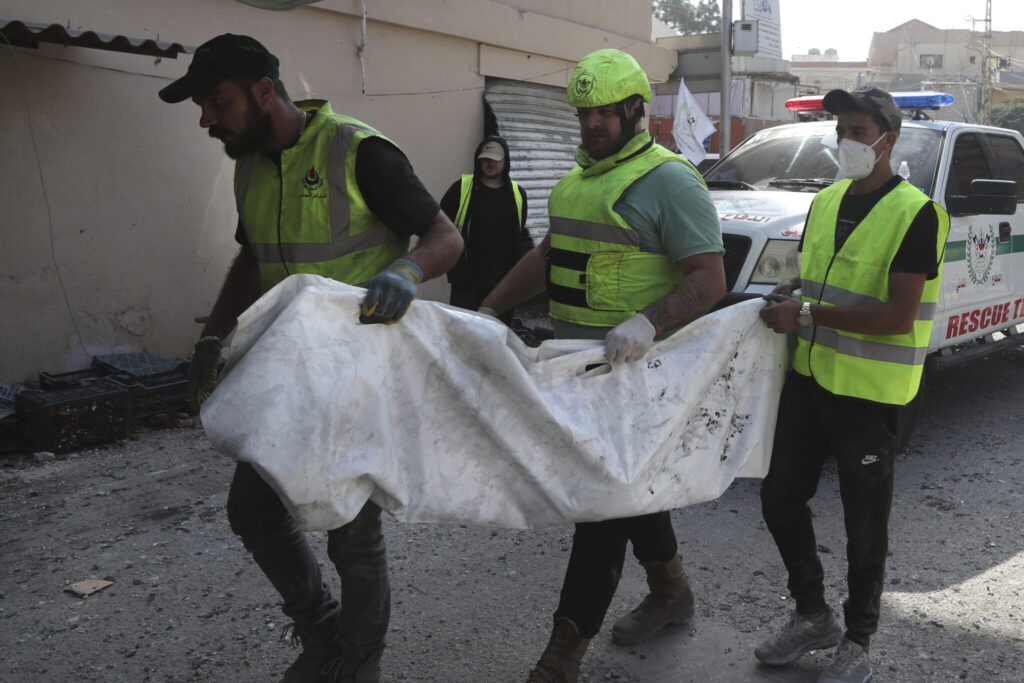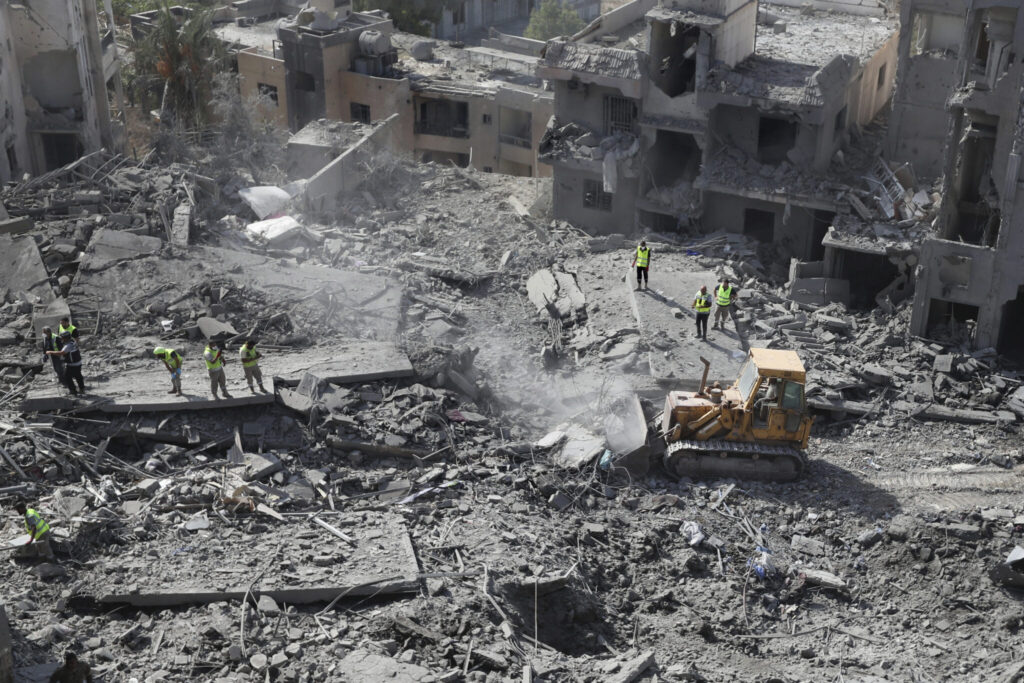Israeli strikes Lebanon/ Qana airstrike/ Lebanon civilian casualties/ Hezbollah Israel conflict/ Israel Gaza Lebanon crisis/ Newslooks/ QANA/ Lebanon/ J. Mansour/ Morning Edition/ Israeli airstrikes across Lebanon killed at least 21 people, with 15 in Qana, a town with a tragic history of civilian casualties in past conflicts. The strikes also targeted Nabatiyeh, killing six, including the city’s mayor, as Israel intensified operations following recent hostilities with Hezbollah.

Israeli Airstrikes Hit Lebanon Quick Look
- Key Locations: Qana and Nabatiyeh, with 21 fatalities reported.
- Casualties: 15 killed in Qana; 6 killed in Nabatiyeh, including Nabatiyeh’s mayor.
- Israeli Targeting: Alleged Hezbollah command centers; civilian casualties raised concerns.
- Historical Significance: Qana, site of previous deadly strikes in 1996 and 2006.
- Broader Context: Tensions with Hezbollah escalate; ongoing Gaza conflict impacts regional stability.
Israeli Strikes on Lebanon Hit Qana, Kill 21 Amid Ongoing Conflict
Deep Look
Israeli airstrikes in Lebanon intensified Wednesday, killing at least 21 people in a series of attacks across southern towns. Among the hardest-hit areas was Qana, a town with a tragic legacy of civilian casualties from previous Israeli strikes, where 15 people died. Another six were killed in Nabatiyeh, including the city’s mayor, Ahmad Kahil, when Israeli strikes targeted what the Israeli military described as Hezbollah command and weapons sites.
The latest airstrikes come amid escalating tensions as Israel pursues operations in Lebanon and Gaza in response to heightened hostilities from Iranian-backed Hezbollah forces. Lebanon’s caretaker Prime Minister Najib Mikati accused Israel of intentionally targeting a municipal relief meeting in Nabatiyeh, condemning what he described as “deliberate silence” from the international community on the rising civilian death toll. “What solution can be hoped for in light of this reality?” he asked in a statement.
In Qana, where the aftermath of the strike was particularly devastating, buildings lay flattened, and rescue teams worked to retrieve the dead from the rubble. Witnesses described scenes of destruction, recalling past tragedies in Qana, where a 1996 Israeli strike killed over 100 civilians sheltering at a U.N. compound and a 2006 airstrike killed dozens, including many children.
The Israeli military did not immediately comment on the Qana airstrikes but justified the Nabatiyeh strikes, citing Hezbollah facilities embedded within civilian zones. However, no evidence was provided to support these claims. Additionally, Israel resumed bombing southern Beirut’s suburbs for the first time in nearly a week, targeting what it alleged was an arms depot beneath an apartment complex in the Hezbollah-dominated Dahiyeh area. Although the military posted an evacuation alert on social media, no casualties were reported in Beirut.
Lebanon has been on high alert since Hezbollah began launching rockets into Israel in solidarity with Hamas, following Hamas’s unexpected attack on Israel in October 2023. The conflict along the Lebanon-Israel border has escalated sharply, culminating in Israel’s October ground invasion of Lebanon. Hezbollah’s rocket attacks into Israel have forced the evacuation of around 60,000 Israelis from northern towns, and at least 60 Israelis, including both civilians and soldiers, have died as a result.
Meanwhile, Lebanon’s Health Ministry reported that over 2,300 Lebanese, including civilians and Hezbollah fighters, have died in the Israeli strikes since last October, with casualties escalating dramatically over the past month as the violence has intensified. According to the ministry, more than a million Lebanese residents have been displaced, crowding into temporary shelters or relocating to less volatile areas.
Hezbollah, which has expanded the range and frequency of its rocket strikes into Israel, stated that it would maintain its offensive until a Gaza cease-fire is established. However, ongoing cease-fire negotiations involving the United States, Egypt, and Qatar have stalled, leaving little hope for an immediate resolution.
The crisis in Lebanon mirrors the continued conflict in Gaza, where Israel remains engaged in a year-long operation against Hamas after its initial October 2023 attacks. In Gaza’s dense Jabaliya refugee camp, Israeli forces have carried out operations since early October, targeting what they say are Hamas strongholds. Dr. Mounir al-Boursh, Gaza’s Health Ministry director, reported that around 350 bodies, mostly women and children, have been received by hospitals since the operation began. Many more are believed to remain under debris as strikes prevent rescue teams from reaching them.
In total, Gaza’s Health Ministry estimates that Israeli operations have resulted in over 42,000 Palestinian deaths, with more than half believed to be women and children. The relentless bombing has devastated large swaths of Gaza, displacing nearly 90% of its 2.3 million residents, many of whom are now sheltering in crowded tent cities or makeshift school shelters.







